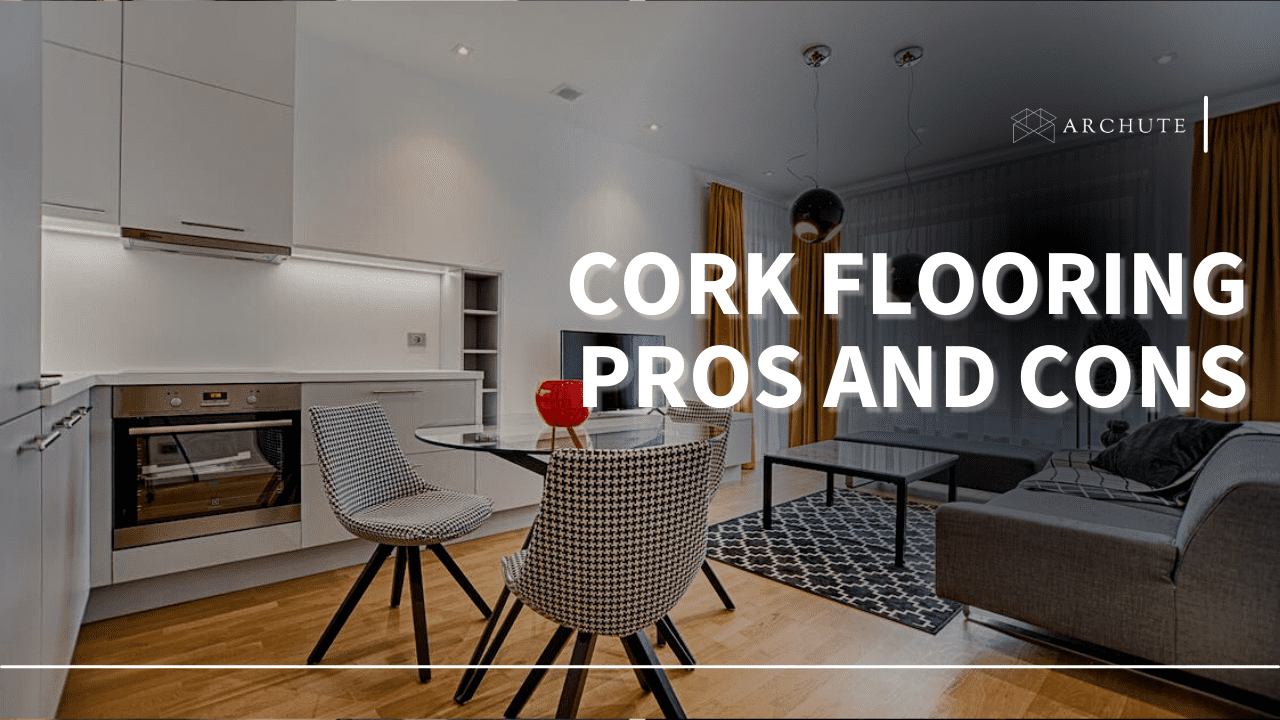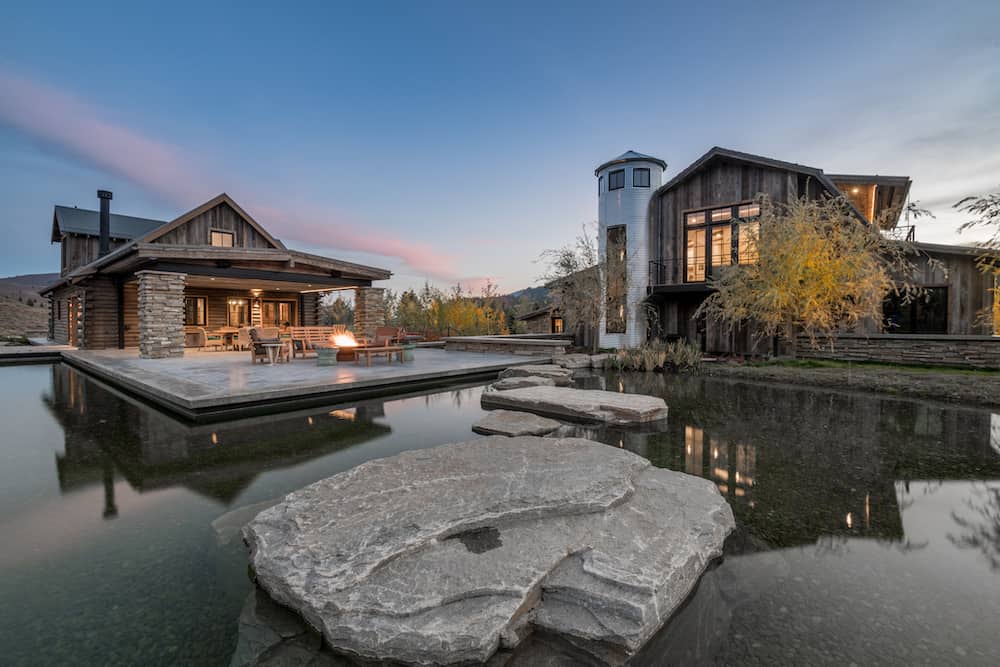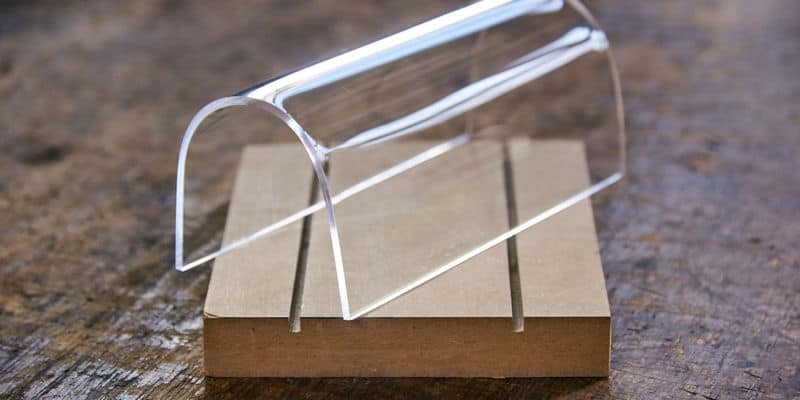Most of us know cork as a wine bottle stopper. But did you know that it doesn’t just work to stop the wine from pouring; it makes the wine even sweeter? The cork is oxidative and acts as a seal, thus allowing the wine to continue aging graciously, so to speak.

Image Credits: pexels.com
However, little is known about the tree that produces this ingenuity. The cork tree is of the oak family and is an evergreen tree thriving in Mediterranean climates. This is the region from Northwest Africa to Southwest Europe. Portugal is the world’s biggest exporter of cork, accounting for more than 50% of the world’s cork production.
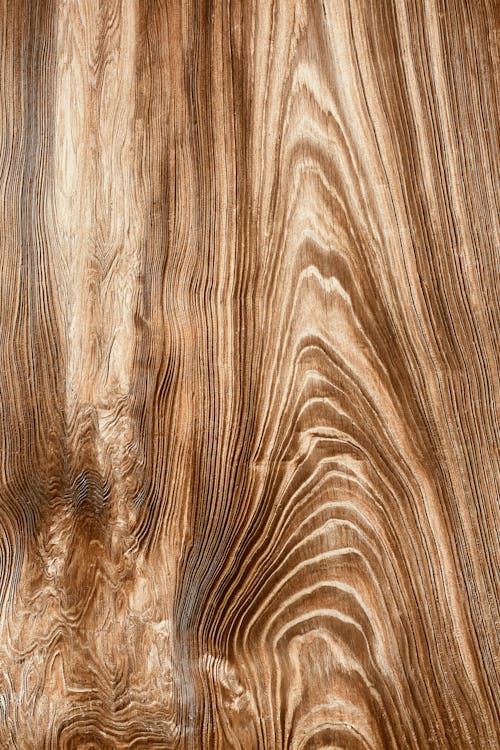
Image Credits: pexels.com
Cork can be used as a flooring material. Among the amazing benefits of the cork oak tree, the following are the ones that make it stand out as a suitable flooring material:
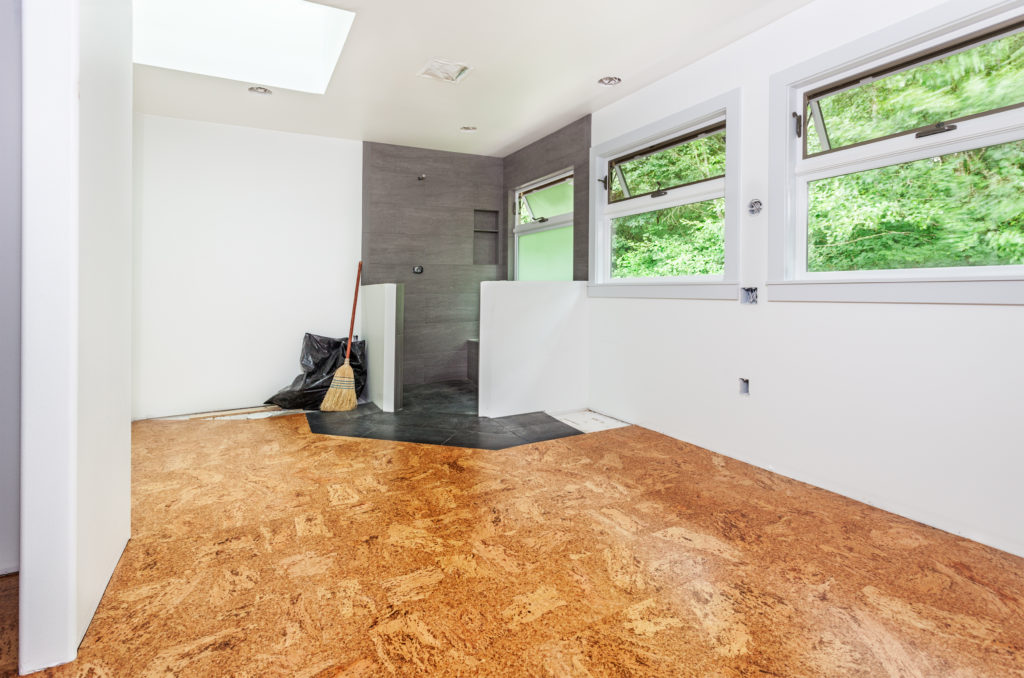
Image Credits: pexels.com
- Impermeable: Cork is not porous and does not allow water to pass through.
- Biodegradable: Cork is a natural plant; it can be broken down and decay naturally, thereby reducing pollution.
- Sustainable and environmentally friendly.
Other benefits of the cork oak trees that make them excellent considerations include:
- It is evergreen and endures drought.
- It easily replenishes and can be harvested severally without letting up.
Quick Fact: Did you know that a cork tree can be harvested up to 17 times and that one tree can produce up to 200 kilograms (440 pounds) of cork in its lifetime?
What Is Cork Flooring?
Cork flooring is beloved because it is a green product. It is a renewable and naturally occurring flooring option. Cork is harvested from the bark of the cork tree and manufactured into flooring tiles.
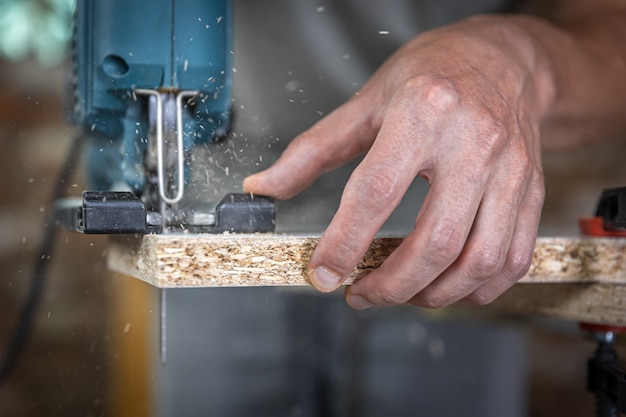
Image Credits: freepik.com
The Portuguese and Spanish people started using cork as a building material for their cathedrals in the 1800s. Nowadays, the best cork flooring brands, such as WE Cork, aim to introduce fine cork flooring to homes and offices. In fact, WE Cork’s byline captures the disparity between cork and other flooring options: “Compared to hardwood, tile, carpet or laminate, it’s simply an unbeatable value.”
Cork tiles come in two different types:
- Click-together tiles (engineered cork flooring)
- Glue-down tiles
It costs about $5 to $10 per square foot to install cork flooring. Since the installation process is quite easy, especially for engineered cork planks, you can do it yourself but if unsure, consult a flooring expert.
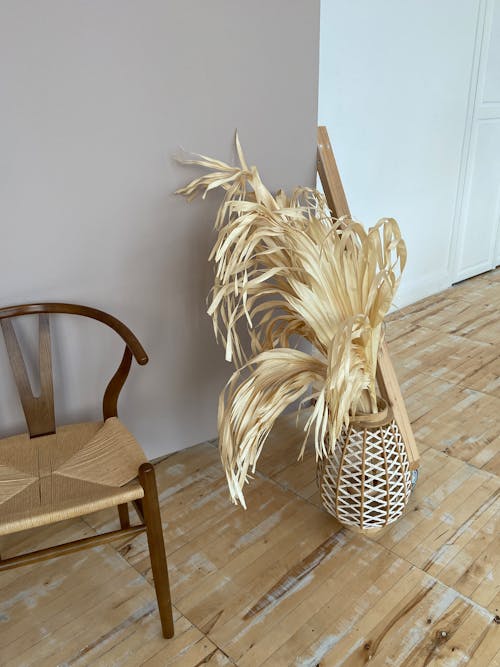
Image Credits: pexels.com
Cork tiles can last for up to 40 years if well-maintained. You can vacuum or damp mop your cork floor. The tiles need to be recoated with polyurethane after about 3 years to bring out that shiny glow once more.
Pros of Cork Flooring
You are probably wondering if cork flooring is right for you. This is one of those flooring options with more advantages and disadvantages. At the end of this article, you will discover that your choice will be an issue of your preference.
The benefits of cork flooring are:
1. Resilient Flooring
Any flooring that is made from elastic materials, such as cork, is known as resilient flooring. Cork is made up of thousands of dead cells filled with air. This causes the flooring tiles to be firm yet bouncy. You don’t have to fear breaking glass utensils and ornaments in your house. Stepping on a cork floor produces a buoyant effect, almost like gently walking on a trampoline.
2. Trendy Installation
The glue-down tiles require much more work and precise planning, but it remains a fun project to do. Install cork floating floors (subflooring) before placing cork flooring planks. This works better than installing cork tiles directly on the floorboard. Cork underlayment for other flooring materials, such as laminate and vinyl, is also very popular nowadays.
3. Water-Resistant
Remember when we said that cork is impermeable? Well, this quality is vital in ensuring cork flooring is used even in bathrooms. Cork cells have a protective layer called suberin that repels water, thus making it hydrophobic. But that’s not all. Mold cannot grow on cork, so your tiles will not be destroyed due to moisture or humidity.
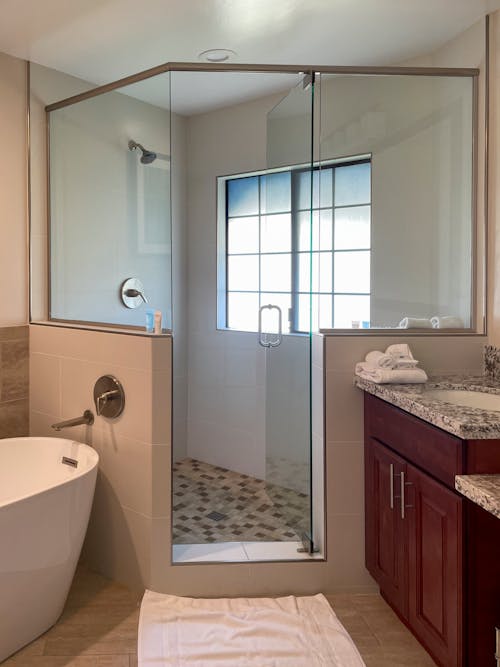
Image Credits: pexels.com
Unlike fibreboards, cork tiles do not swell when wet. You can damp-mop your glued-down cork tiles without fear of water permeating below the floor. Imagine if you had a fibreboard floor and fluids such as milk or alcohol drained below the floor, the horrendous smell that would be released after a few days would be enough to warrant a whole flooring remodeling. Cork flooring saves you all that trouble.
However, other flooring products, such as RevWood by Mohawk, are more water-resistant than cork flooring. That being said, settle for a qualified flooring expert to avoid installation disappointments.
4. Sound Absorption
Perhaps this benefit will be best for parents with kids at the running stage; they just want to be everywhere at once. Cork flooring is noise-absorbing and soundproof, so you won’t hear loud thumps on the floor in the background while taking a call. The cork floors will completely swallow the noise if you have a big dog who loves running around.

Image Credits: freepik.com
5. Sustainable and Eco-Friendly
The cork tree is both biodegradable and organic. Harvesting from the tree does not require cutting down the tree. Instead, farmers carefully cut down the cork bark every nine years. The third and consequent harvests from the tree produce better cork for flooring than the first two harvests. These first two harvests may be used to make cork products like (wine) bottle corks, cork slippers, and notice boards.

Image Credits: pexels.com
6. Affordability
Cork is way more affordable than other flooring materials, such as hardwood. Hardwood flooring is a classic that has been around for years. While it may have almost similar characteristics to cork flooring, there are noticeable differences, one of them being the installation cost. Hardwood is very expensive as the number of hardwood trees is quickly diminishing.

Image Credits: pixabay.com
It may cost you $6 to $12 per square foot to install either laminate or engineered hardwood flooring. However, for solid hardwood, the price may go up to an astounding $22 per square foot for the Cabreuva species. Unlike hardwood, cork flooring averages $7.5 per square foot.
7. Hypoallergenic
Cork does not cause or enhance allergies of any sort, including dust. The material is antimicrobial, thus perfect if you have dogs or small kids. If you are allergic to mold or mildew, be at ease. Cork inhibits the growth of mold and mildew by being antimicrobial and water-resistant. Moreover, suberin is an insect repellent and wards off mold and dander.
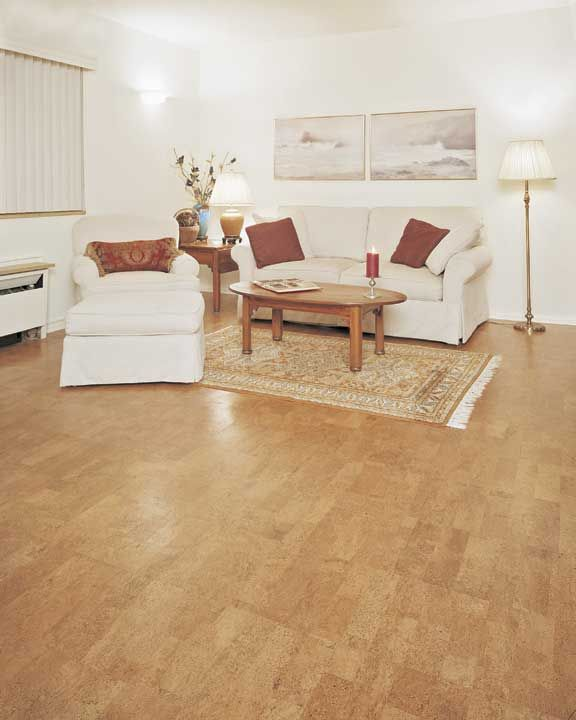
Image Credits: pexels.com
Cons of Cork Flooring
Cork flooring is not all rosy. While it may suffice to say that it is quickly becoming a staple in modern households, it still portends some downsides, such as:
1. Prone to Damage
The soft, cushiony nature of cork floors is both an advantage and a disadvantage. Unlike other flooring materials, cork floors are more vulnerable to damage. Dogs may scratch the floors with their nails while running or playing and easily destroy sections of the floor. Ensure you have your pets’ nails constantly trimmed to avoid losses.
Further, using abrasive methods to clean cork floors may cause permanent dents. These dents may be polished, and the floor returns to its former glory. However, some dents are so severe that the floor cannot be salvaged.
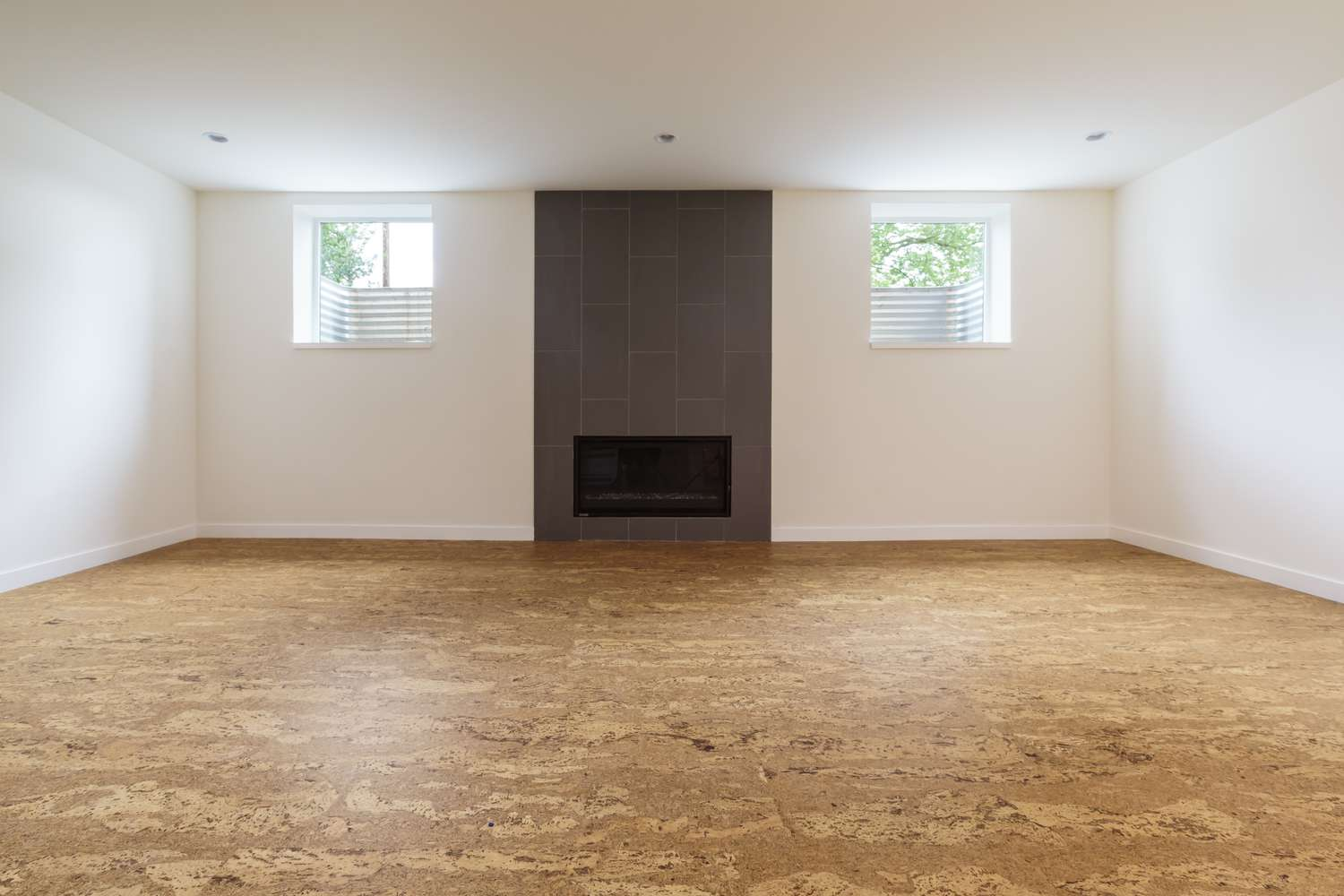
Image Credits: thespruce.com
Dragging huge furniture pieces on cork floors is a big no as it will cause ugly divots. Rather, lift heavy furniture and place them gently on the floor. The most effective solution is to invest in rubber furniture coasters to protect your cork floor. You can also rearrange furniture constantly to alleviate pressure from one area.
2. Limited Color Options
Most people are happy and content with the available color options and floor motifs that cork flooring has. Cork’s brownish-red color augurs well with most interior design items. However, with other flooring options, such as vinyl and laminate, you can choose from a wider variety of colors.

Image Credits: freepik.com
You can paint your cork flooring into your desired color, although that will come at your own cost. Colored cork does not have the same natural appearance as other colored flooring materials. It is as if cork was meant to retain its rich tan color and no other.
3. Sensitivity to Direct Sunlight
Cork trees grow in sunny areas. In fact, a cork tree should receive at least six hours of direct sunlight to mature, even if you are growing your cork tree as a bonsai tree in your home.
The irony is that cork flooring is sensitive to UV rays. If a specific area of your home gets more direct sunlight than other areas, such as the sunroom or areas next to the window, you might notice a color difference. Solving this is by settling for other flooring options in such rooms or using window curtains.

Image Credits: freepik.com
Worry not, though. Most wood floors, including hardwood, fade under direct sunlight to produce a darker shade. However, this darker shade might be a beautiful nightmare only if it applies uniformly across the floor. Remember, you can always refinish these faded areas using special oils.
Conclusion
Now that we have outlined why cork flooring is the right choice for you and why it is not, the ball is squarely in your court. If you choose cork flooring, ensure that it is Mediterranean cork and not Asian cork. After all, it is the best cork flooring quality in the market.
Featured Image Credits: freeepik.com

